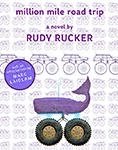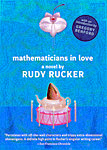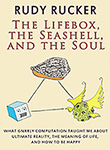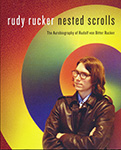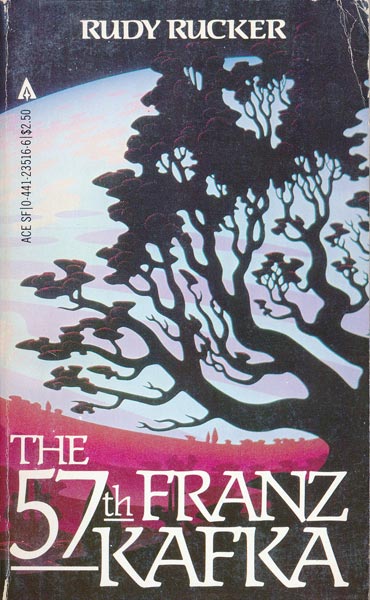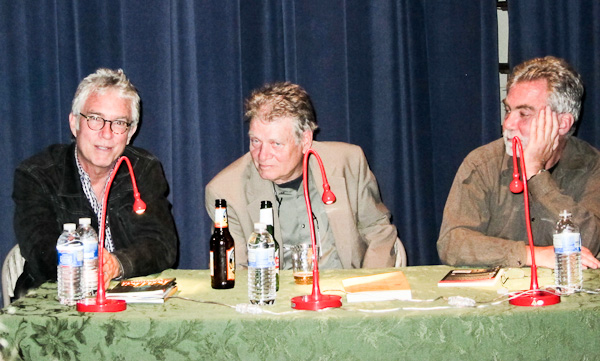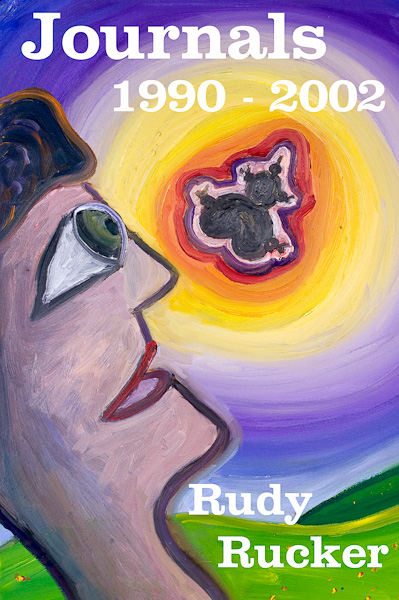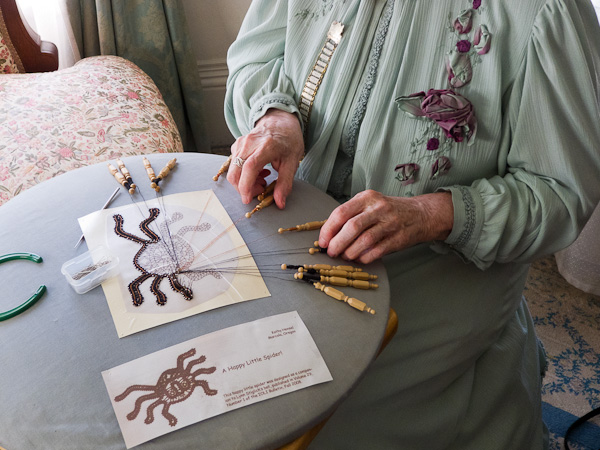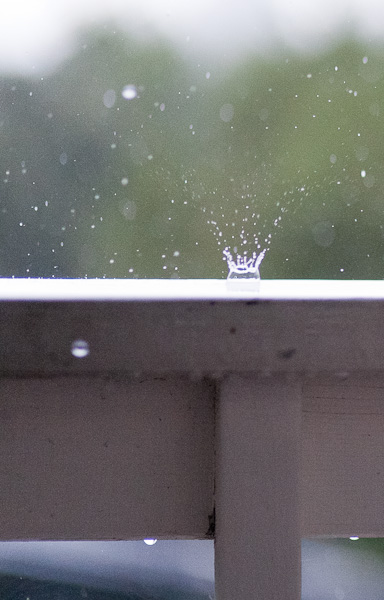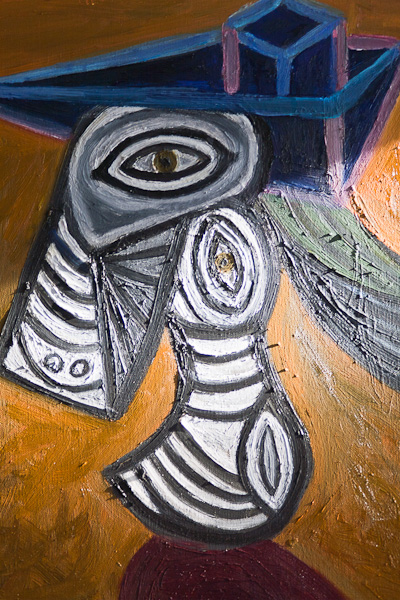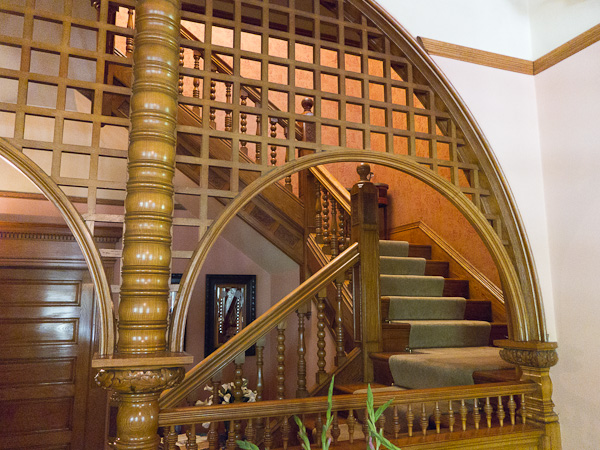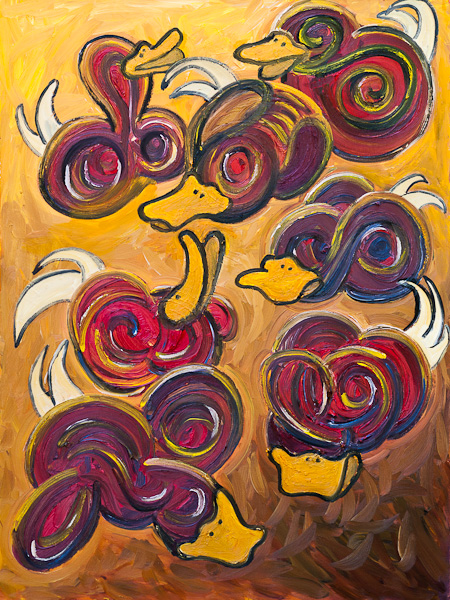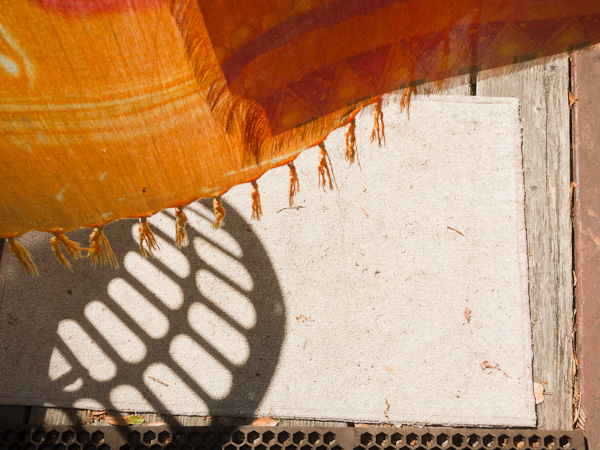I visited Nick Herbert last month and we talked about his notion of quantum tantra once again. (Photos are here in an unrelated post.) Nick said that everything is alive and that, even you can’t attain telepathy with objects, you can develop relationships with them. He says that you’ll decide which object to relate to on the basis of affinity—just as you do when selecting friends. Nick suggest that the first things you’d want to be in touch with would be the organs of your body.
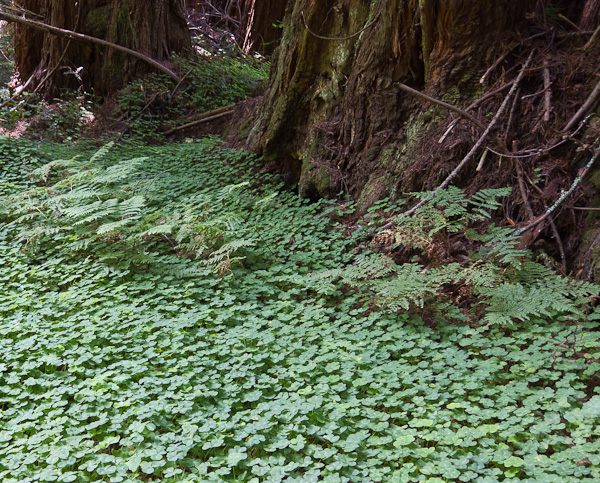
It was 2002 when Nick first started talking about quantum tantra to me, and I read the details in his brilliant essay, “Holistic Physics: An Introduction to Quantum Tantra.” I used his ideas a bit in Frek and the Elixir and mentioned it in my non-fiction book, The Lifebox, the Seashell and the Soul. I’ve blogged about quantum tantra a few times before: here are the past blog links.
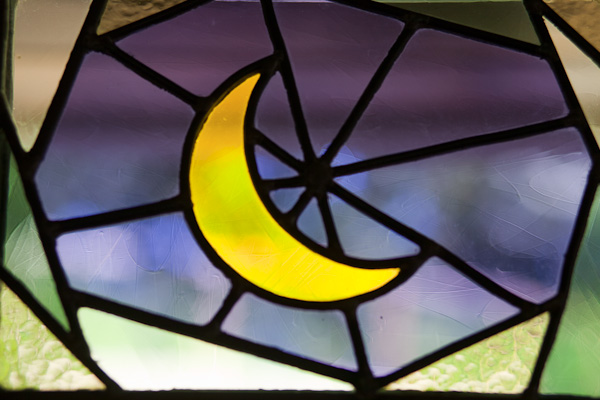
Nick points out that the brain is, like any physical object, a quantum system. And he feels that quantum mechanics accounts for our consciousness. Quantum systems can evolve in two modes:
(Chunky) In a series of discrete Newtonian-style wave-collapses brought on by repeated observations.
(Smooth) In a continuous, overlapping-universes style of evolution of state according to Schrödinger’s Wave Equation.
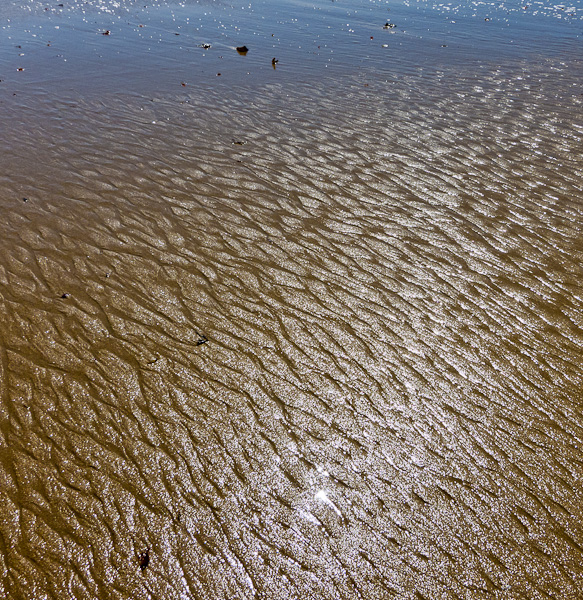
Our communicable, standard mental content is all chunky, and this is the kind of thing we try and mimic when we write programs for artificial intelligence.
The abrupt transition from mixed state to pure state can be seen as the act of adopting a specific opinion or plan. Each type of question or measurement of mental state enforces a choice among the question’s own implicit set of possible answers. Even beginning to consider a question initiates a delimiting process.
It’s unpleasant when someone substitutes interrogation for the natural flow of conversation—and throws you through a series of chunky collapses. And it’s still more unpleasant when the grilling is for some mercenary cause. You have every reason to discard or ignore the surveys with which institutions pester you.
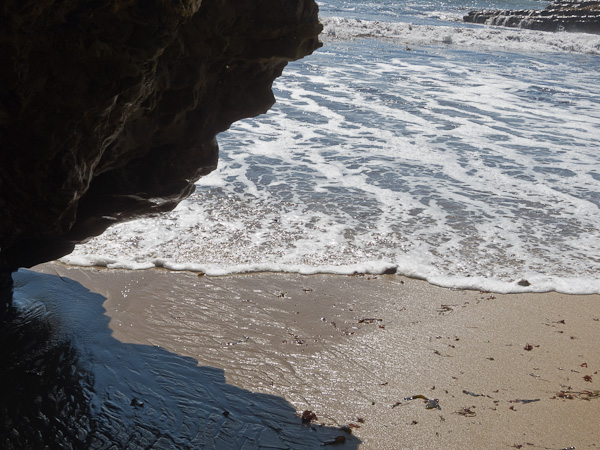
Nick remarks that the smooth mode is closer to how our inner mental experience feels. That is, upon introspection, my consciousness feels analog, like a of wave on pond.
The continuous evolution of mixed states corresponds to the transcendent sensation of being merged with the world, or, putting it more simply, to the everyday activity of being alert without consciously thinking much of anything. In this mode you aren’t deliberately watching or evaluating your thoughts.

The soul might perhaps be given a scientific meaning as one’s immediate perception of one’s coherent uncollapsed wave function, particularly as it is entangled with the uncollapsed universal wave function of the cosmos.
Nick says that it will require a new physics and a new psychology to specify the details of the correspondence between mental phenomena and quantum states.
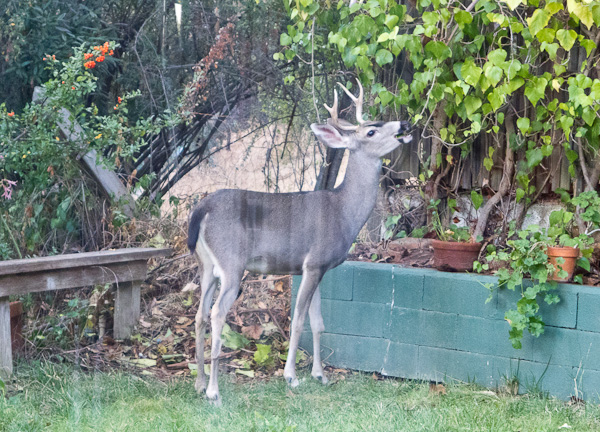
You should be able to couple your smooth mental state to the state of another person (or even to the state of another object), and thus attain a unique relationship that Nick terms rapprochement.
A caveat here is that, for quantum theoretic reasons, the link between the two systems isn’t of a kind that can leave memory traces, otherwise the link is functioning as an observation that collapses the quantum states of the systems, reducing the consciousness to the chunky mode. Nick speaks of a non-collapsing connection as an oblivious link.
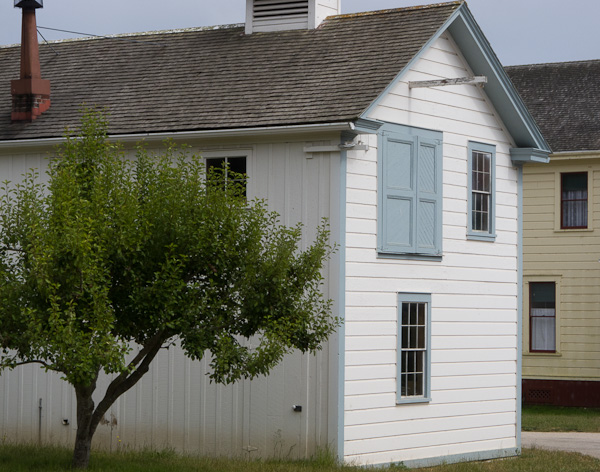
Nick chuckles over the fact that cannabis reduces one’s short-term memory to the point where, indeed, a stoned conversation could, at least figuratively, be thought of as an oblivious link.
If you don’t remember anything about your rapprochement with someone or something, can it be said to have affected you at all? Oh yes. Your wave state will indeed have changed from the interaction, and when you later go and “observe” your mental state (e.g. by asking yourself questions about what you believe), you will obtain a different probability spectrum of outputs than you would have before the rapprochement.

Nick is a hylozoist—that is, he believes, as I do, that objects are alive and conscious. He proposes that both smooth and chunky consciousness can be found in every physical system. Thinking at a higher level, he remarks that synchronicity might be evidence that we’re all parts of some higher being. The higher mind’s ideas filter down into remote oblivious links.
If you want more, here’s an entry on Nick’s Quantum Tantra blog with a link to a video of him holding forth in Boulder Creek. (And it’s not a coincidence that the word “tantra” is related to sex!)


